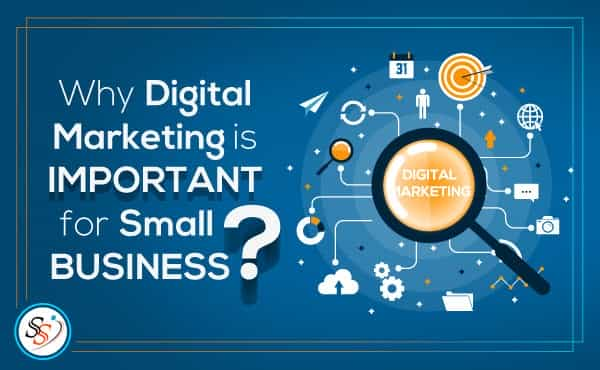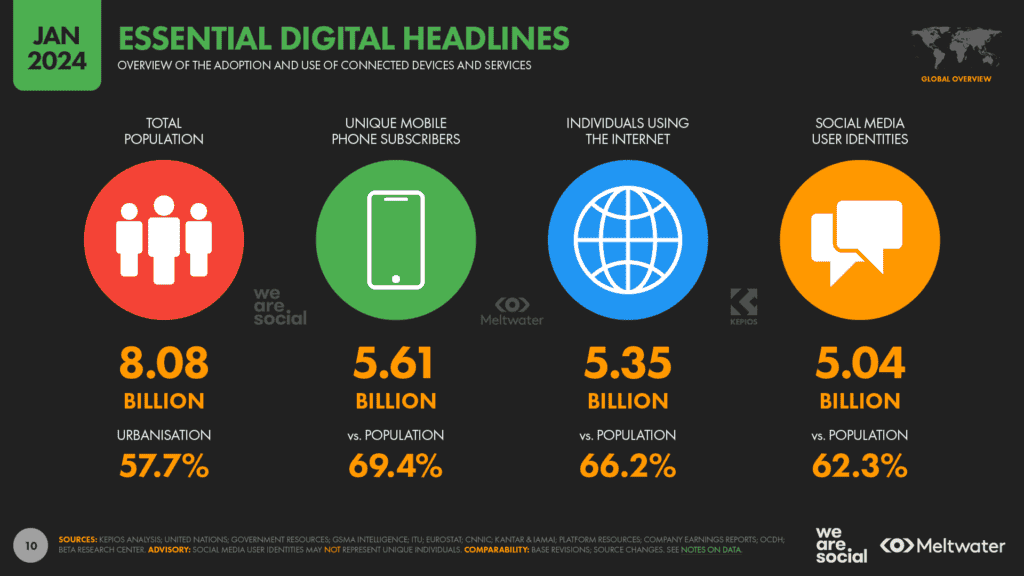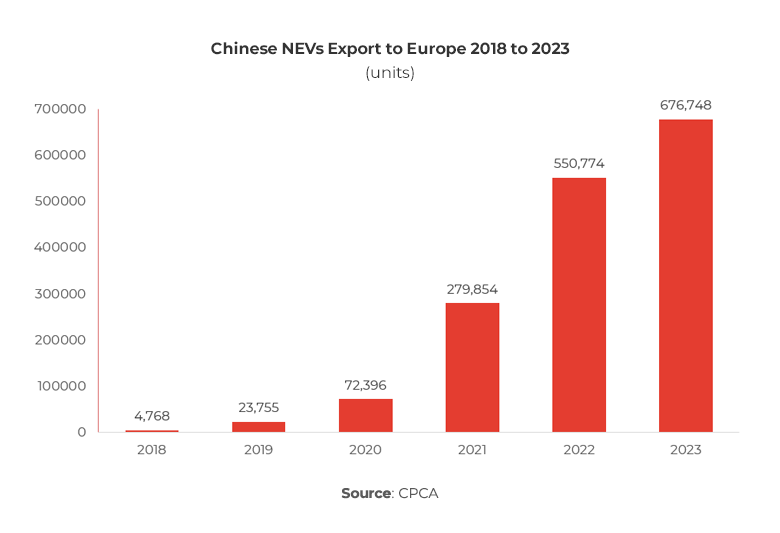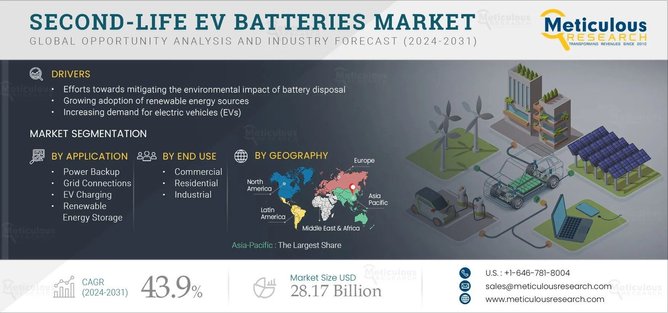AutoML: Automating Machine Learning Workflows
Mia Anderson

Photo: AutoML: Automating Machine Learning Workflows
Understanding AutoML and its Importance
The rise of Artificial Intelligence (AI) and machine learning (ML) has sparked transformative changes across industries. However, the complexity of designing, training, and deploying machine learning models often requires specialized knowledge and expertise. Enter AutoML an innovative technology designed to automate the machine learning workflow, making it more accessible, faster, and cost-effective.
AutoML, or Automated Machine Learning, is changing the landscape of AI development by enabling non-experts to create effective machine learning models without deep coding knowledge. But how exactly does AutoML work, and what are its real-world applications? This article dives into the core concepts of AutoML, its benefits, challenges, and practical use cases.
What is AutoML?
AutoML refers to a set of techniques that automate the end-to-end process of machine learning (ML). Typically, the ML pipeline consists of multiple steps: data preprocessing, model selection, hyperparameter tuning, training, and deployment. Traditionally, each of these stages requires significant human expertise. AutoML tools aim to automate these processes, enabling businesses to harness the power of machine learning with minimal manual effort.
At its core, AutoML simplifies the process of selecting the right algorithms, optimizing models, and automating data handling. The goal is to make machine learning accessible to a broader audience, from data scientists to business professionals with little to no coding background.
The Benefits of AutoML
The adoption of AutoML offers numerous advantages for both technical teams and organizations that are looking to incorporate machine learning into their operations. Below are some key benefits of using AutoML:
1. Efficiency and Speed
Traditional machine learning workflows can take weeks or even months to perfect. With AutoML, businesses can significantly reduce the time required to build and deploy ML models. Automation accelerates tasks like model selection and hyperparameter tuning, making it easier to get results in a shorter amount of time.
2. Democratization of Machine Learning
AutoML empowers individuals without deep expertise in machine learning to build and deploy models. This democratization of AI enables non-technical stakeholders such as business managers and domain experts to directly contribute to the ML development process.
3. Cost-Effective
By automating complex processes, AutoML helps companies save on costs that would otherwise be spent on hiring specialized data scientists or buying expensive software. Businesses can also maximize their existing talent pool by allowing more generalists to work on AI projects.
4. Improved Model Accuracy
AutoML tools often come with advanced optimization techniques, such as automated hyperparameter tuning and ensemble learning. These features help to build highly accurate models that might be difficult to achieve through manual effort.
5. Scalability
AutoML platforms are designed to work at scale, handling large datasets with ease. They are built to support a range of tasks, from regression to deep learning models, without needing to be adjusted for each new project.
Key Components of AutoML
AutoML tools are complex systems that combine various sub-techniques to optimize the machine learning pipeline. Let’s break down the core components of AutoML:
1. Data Preprocessing
Data preprocessing is a crucial step in machine learning that involves cleaning, transforming, and normalizing raw data to prepare it for training. AutoML tools automate this process, handling missing values, encoding categorical variables, and scaling numerical features without manual intervention.
2. Model Selection
One of the major challenges in machine learning is selecting the right model for a given problem. AutoML platforms automate this step by testing a variety of algorithms and selecting the one that produces the best results. This includes evaluating models like decision trees, support vector machines, and deep learning models.
3. Hyperparameter Tuning
Hyperparameters are the settings or configurations of machine learning models that control how the model learns. In traditional machine learning workflows, hyperparameter tuning is a time-consuming process. AutoML tools automate this by using methods like grid search, random search, or more advanced techniques like Bayesian optimization to find the optimal hyperparameters.
4. Model Evaluation and Deployment
After training, models need to be evaluated to ensure they perform well on new, unseen data. AutoML platforms typically come with automated evaluation metrics like accuracy, precision, recall, and F1 score. Once the model is optimized, the deployment phase ensures that the model can be easily integrated into production environments.
Real-World Applications of AutoML
AutoML is already transforming industries across the globe. Here are a few real-world examples where AutoML is making a significant impact:
1. Healthcare
In healthcare, AutoML is used for predicting patient outcomes, automating medical image analysis, and identifying patterns in patient data. For instance, AutoML tools can be used to predict the likelihood of certain diseases based on patient history or even assist radiologists in detecting anomalies in medical imaging.
2. Finance
In the financial sector, AutoML helps build predictive models for stock market trends, fraud detection, and risk assessment. Banks and fintech companies are increasingly leveraging AutoML to make data-driven decisions quickly and efficiently. For example, an AutoML system could help identify fraudulent credit card transactions in real-time by analyzing large volumes of transaction data.
3. Retail and E-Commerce
Retailers use AutoML to personalize product recommendations, optimize pricing strategies, and predict inventory demands. By analyzing customer purchasing behavior, AutoML algorithms help businesses fine-tune their marketing strategies and improve customer satisfaction.
4. Manufacturing
Manufacturing companies are leveraging AutoML for predictive maintenance and quality control. AutoML systems can monitor equipment performance, predict failures, and schedule maintenance, thereby reducing downtime and improving operational efficiency.
Challenges and Limitations of AutoML
While AutoML offers significant benefits, it also comes with certain challenges and limitations. Let’s take a closer look:
1. Black Box Models
Many AutoML systems work by selecting complex models that are difficult to interpret (e.g., deep neural networks). This lack of transparency can make it challenging to understand how decisions are made, which can be a concern in regulated industries or scenarios that require explainability.
2. Limited Customization
AutoML tools are designed to handle general use cases, but for highly specialized problems, they may not be able to provide the level of customization required. In such cases, manual intervention or the involvement of experts may still be necessary.
3. Data Quality
The effectiveness of AutoML models heavily depends on the quality of the data fed into them. If the data is biased, incomplete, or unclean, the models generated by AutoML platforms may not perform well, leading to inaccurate predictions or conclusions.
How to Get Started with AutoML
Getting started with AutoML is easier than ever, thanks to a variety of user-friendly platforms available today. Here are the steps to begin:
- Identify a Problem: Determine the problem you want to solve. AutoML is most useful when there’s a clear objective, such as classification, regression, or time series forecasting.
- Choose an AutoML Platform: Popular platforms like Google Cloud AutoML, H2O.ai, and DataRobot offer robust solutions that cater to different needs and skill levels.
- Prepare Your Data: While AutoML simplifies the process, the quality of your data is still essential. Clean and preprocess your data before feeding it into the system.
- Train and Evaluate Models: Use the AutoML platform to train models and evaluate their performance using built-in metrics.
- Deploy the Model: Once the model meets your expectations, deploy it to a production environment.
Conclusion
AutoML is a game-changer for businesses looking to integrate machine learning into their operations without requiring deep expertise in AI. By automating the entire machine learning workflow from data preprocessing to model deployment AutoML makes machine learning accessible, faster, and more affordable.
As organizations across industries continue to embrace AutoML, it’s clear that this technology will play a critical role in shaping the future of AI. If you're looking to get started, there’s never been a better time to dive into the world of automated machine learning.
FAQs
Q1: Is AutoML suitable for beginners?
Yes, AutoML is designed to make machine learning more accessible to those without deep technical expertise. Many platforms offer user-friendly interfaces that allow beginners to build models with minimal coding experience.
Q2: What are some popular AutoML platforms?
Some of the most well-known AutoML platforms include Google Cloud AutoML, H2O.ai, Microsoft Azure AutoML, and DataRobot.
Q3: Can AutoML models be trusted for critical applications?
While AutoML can produce highly accurate models, it's essential to ensure proper validation and testing, especially in critical applications like healthcare or finance. Human oversight is still necessary to verify results and ensure model performance.
Marketing
View All
January 22, 2025
The Future of Digital Marketing RevealedExplore where digital marketing is headed in the next decade. From AI to VR, see what’s shaping the future of online marketing. Don’t get left behind!
Mia Anderson

January 21, 2025
Why Digital Marketing is Vital for SMBsDiscover why small businesses must adopt digital marketing in 2024. Learn tips and tactics to compete in the digital age. Take your business online today!
Mia Anderson

January 23, 2025
Social Media in Digital Marketing 2024Learn how social media is revolutionizing digital marketing in 2024. Boost your brand with actionable tips for viral campaigns!
Mia Anderson
Entertainment
View AllExplore the latest trends in fan fiction for 2024. Learn what fan fiction is, its impact on media, and why it’s a thriving creative outlet. Read now!
Mia Anderson
Discover the best streaming services of 2024 with our in-depth reviews. Find out which platforms offer the best value and why you should choose them. Read now!
Mia Anderson
Discover the top podcasting trends of 2024 and stay ahead in the industry. Learn how to leverage new insights click now to future-proof your podcast!
Mia Anderson
Unlock the secrets to an unforgettable movie trivia night with our ultimate guide. Get tips, trivia questions, and game ideas to boost your event's fun!
Mia Anderson
Automotive
View AllUnlock the secrets to getting top dollar for your car! Prep, price, and promote effectively.
Read MoreLearn how second-life EV batteries are helping reduce environmental impact by providing sustainable energy solutions.
Read MoreCompare trends in luxury and budget EV offerings. Find out which one suits your needs and budget in 2024.
Read MorePolular🔥
View All
1
2
3
4
5
6
7
9
10
Technology
View All
September 15, 2024
Discover the Best Project Management Software of 2024
Discover the best project management software of 2024! Uncover top picks, latest trends, and expert reviews. Click now to streamline your projects!

December 10, 2024
Best Tech Gadgets for Remote Workers in 2024 – Don’t Miss These!
Boost your productivity with the top tech gadgets for remote work! Click to discover must-have tools to enhance your work-from-home setup.

August 29, 2024
Top SaaS Trends Shaping Business Success in 2024
Discover the latest SaaS trends revolutionizing businesses in 2024. Learn how these innovations can boost efficiency and drive growth. Read now!
Tips & Trick






















